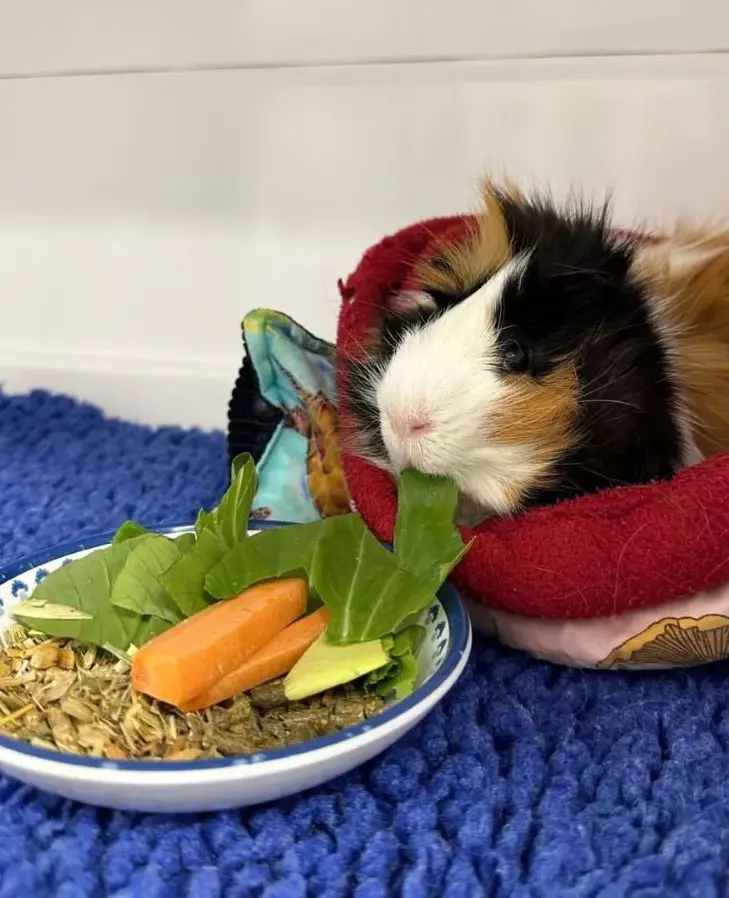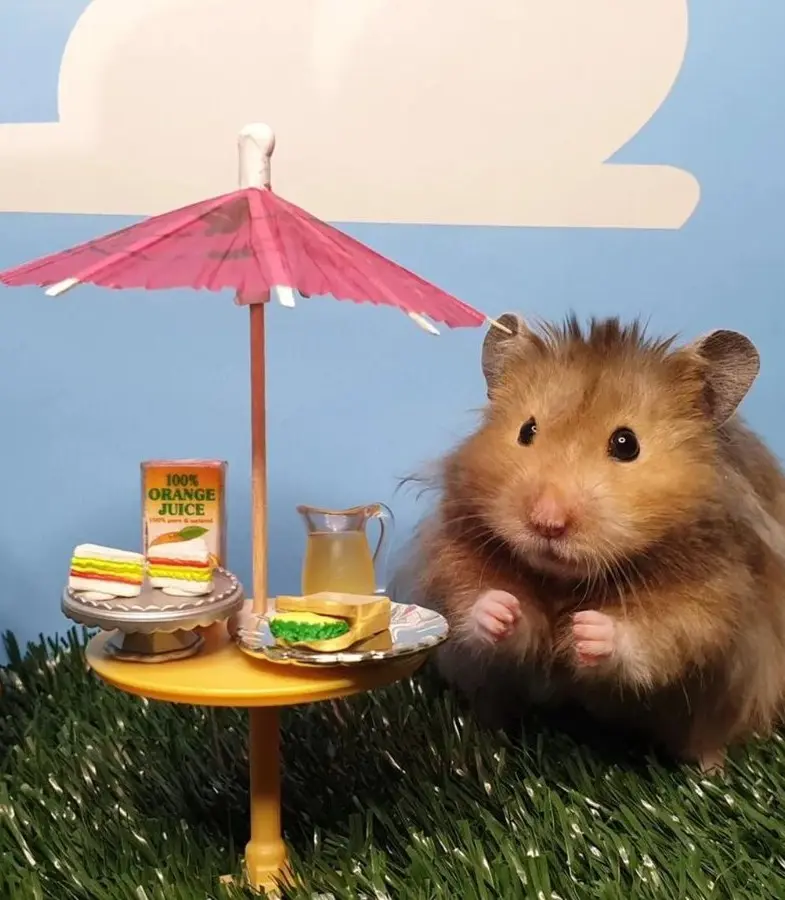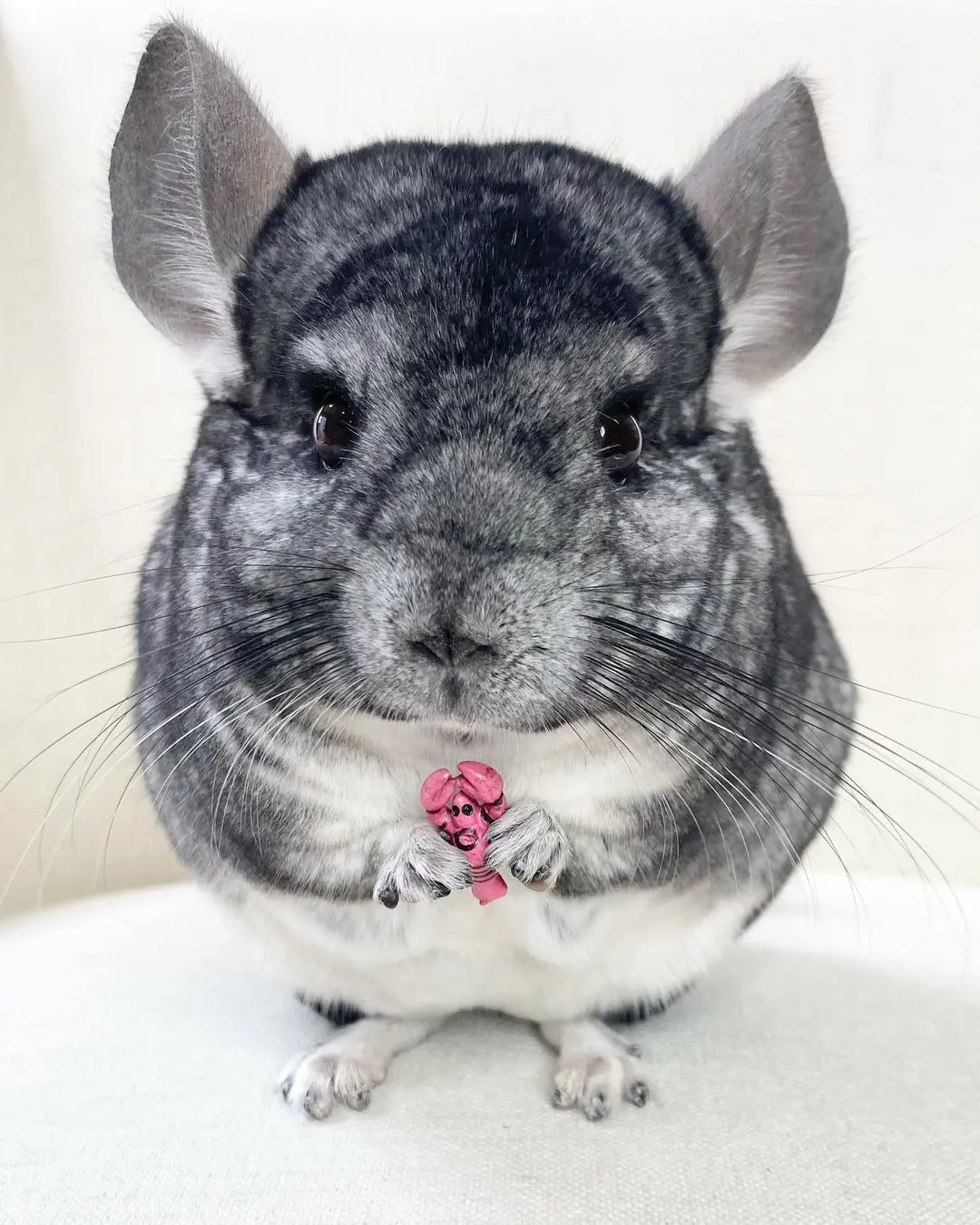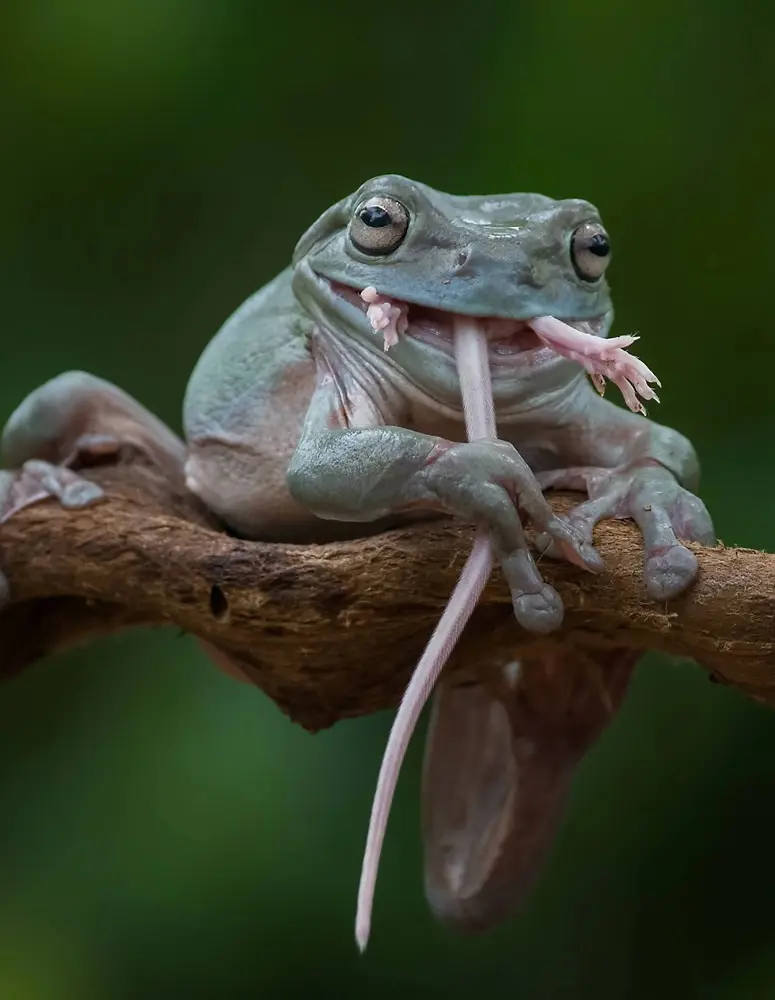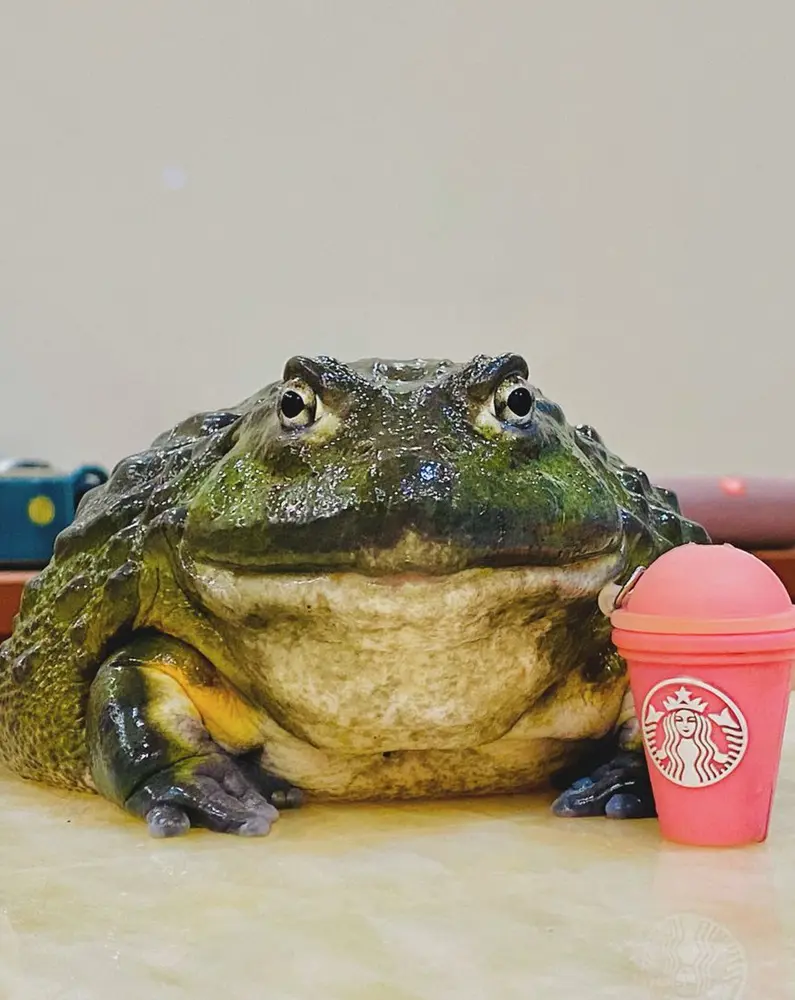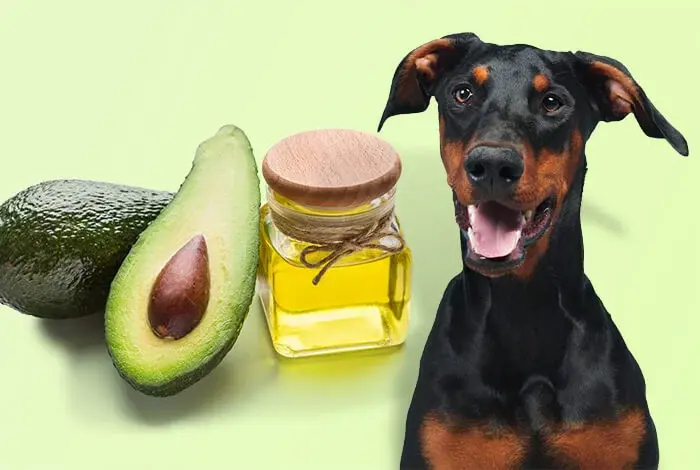The Complete Guide To Keeping Pet Frogs
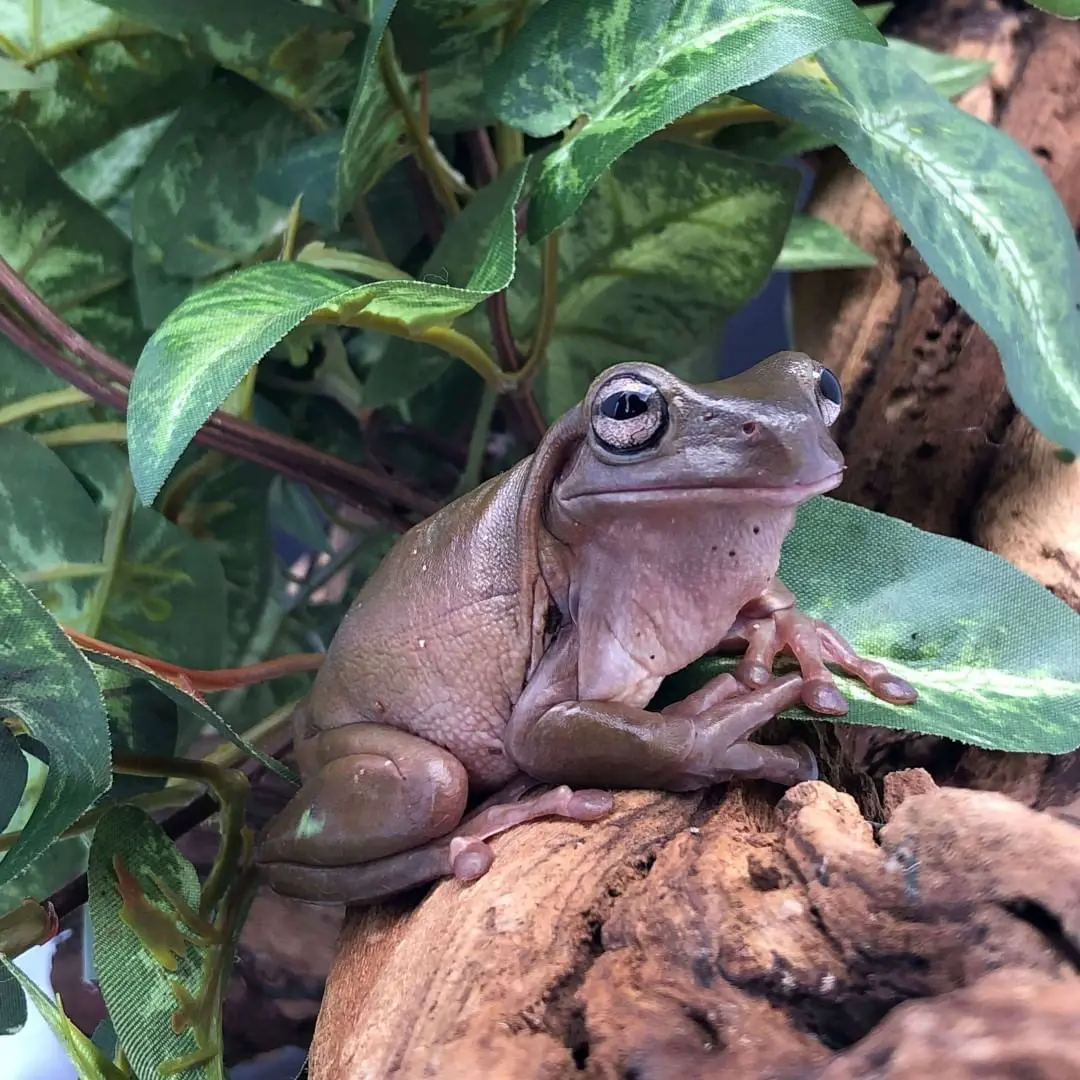
Pet frogs have become increasingly popular among amphibian enthusiasts due to their fascinating behavior and unique characteristics.
From their diverse species to their low-maintenance care requirements, keeping frogs as pets can be a rewarding experience.
This comprehensive guide explores the various species suitable for home captivity, their housing needs, dietary preferences, health care considerations, and the pros and cons of keeping frogs as pets.
Common Species as a Pet
White's Tree Frog (Litoria caerulea)
One of the most commonly kept pet frog species is the White's Tree Frog, also known as the Dumpy Tree Frog or Australian Green Tree Frog. These frogs are popular among amphibian enthusiasts due to their docile nature, ease of care, and striking appearance.
They are relatively large, with vibrant green coloration and distinctive white undersides. White's Tree Frogs are nocturnal and arboreal, requiring a vertically oriented terrarium with plenty of climbing branches and foliage.
Their adaptable nature and tolerance to a wide range of temperatures and humidity levels make them well-suited for beginner frog keepers.
African Dwarf Frog (Hymenochirus spp.)
African Dwarf Frogs are small, fully aquatic frogs that are ideal for beginners due to their ease of care and peaceful demeanor. These frogs are native to the rivers and ponds of Central Africa and are known for their playful behavior and active swimming.
They require a fully aquatic setup with clean, well-oxygenated water and a gentle filtration system. African Dwarf Frogs thrive on a diet of small live or frozen foods such as bloodworms and brine shrimp. Their small size and simple care requirements make them a perfect choice for those new to keeping frogs.
American Green Tree Frog (Hyla cinerea)
The American Green Tree Frog is a popular pet due to its vibrant green color and straightforward care requirements. Native to the southeastern United States, these frogs are arboreal and enjoy climbing on branches and foliage. They require a humid environment with plenty of vertical space and hiding spots.
American Green Tree Frogs are insectivorous, feeding on a diet of live insects like crickets and flies. Their bright coloration and engaging behavior make them a favorite among novice frog keepers. Additionally, their resilience and adaptability to various conditions make them an excellent choice for beginners.
Pacman Frog (Ceratophrys ornata)
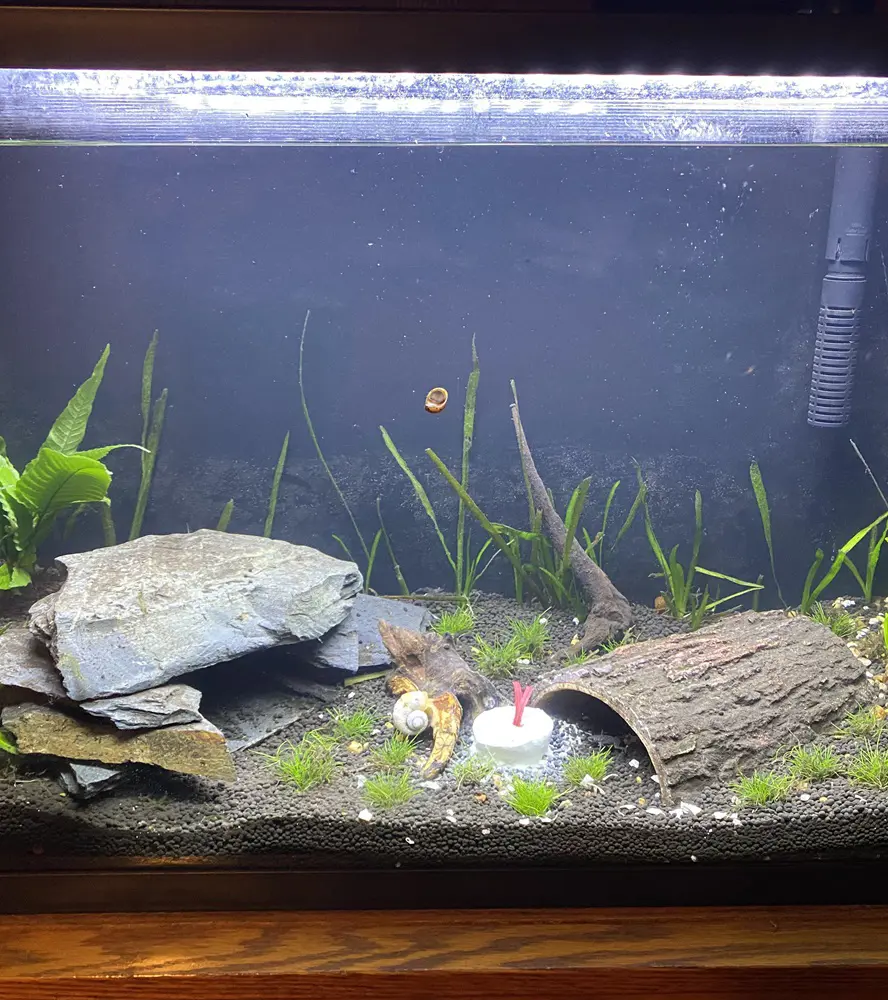
Pacman Frogs are recognized for their distinctive round body and large mouth, giving them their name due to their resemblance to the video game character. These terrestrial frogs are native to South America and are relatively easy to care for, making them a popular choice for pet owners.
They require a spacious terrarium with a substrate suitable for burrowing and high humidity levels. Pacman Frogs are carnivorous, feeding on a diet of insects, small rodents, and occasionally fish. Their sedentary lifestyle and straightforward care needs make them suitable for keepers looking for a low-maintenance amphibian pet.
Dart Frogs (Dendrobatidae family)
Dart Frogs are known for their bright, vivid colors and active nature, making them a fascinating choice for more experienced frog keepers. Native to Central and South American rainforests, these frogs require a highly specific environment with precise humidity and temperature levels.
Their diet consists mainly of small invertebrates, and they need a terrarium densely planted with live plants to mimic their natural habitat.
Due to their specific care requirements, Dart Frogs are best suited for keepers with some experience in amphibian care. However, their stunning appearance and intriguing behaviors make them a rewarding choice for dedicated enthusiasts.
Housing Requirements for Pet Frogs
Creating a suitable habitat for pet frogs is crucial to their health and well-being. Proper housing should mimic their natural environment as closely as possible. This includes considerations for enclosure size, substrate, hiding spots, lighting, heating, and humidity.
Enclosure
A well-ventilated terrarium or aquarium is essential for housing pet frogs. The size of the enclosure should be appropriate for the species' adult size and activity level.
For example, arboreal species like White's Tree Frogs require a vertically oriented terrarium, while terrestrial species like Pacman Frogs need more floor space. Secure lids are crucial to prevent escapes, as frogs are excellent climbers and can easily find their way out of open enclosures.
Substrate Options
Choosing the right substrate is important for maintaining humidity and providing a comfortable environment for burrowing and hiding. Some popular substrate options include:
- Coconut coir: This natural, fibrous material retains moisture well and is excellent for maintaining humidity. It's also safe for frogs to burrow in.
- Sphagnum moss: Known for its high water retention, sphagnum moss is ideal for creating a humid environment. It also adds a naturalistic look to the terrarium.
- Moistened potting soil: A simple and effective substrate, moistened potting soil provides a soft surface for frogs to move around and burrow in. Ensure it is free from fertilizers and pesticides.
These substrates help maintain appropriate humidity levels and create a naturalistic environment that encourages natural behaviors.
Hiding Spots and Decor
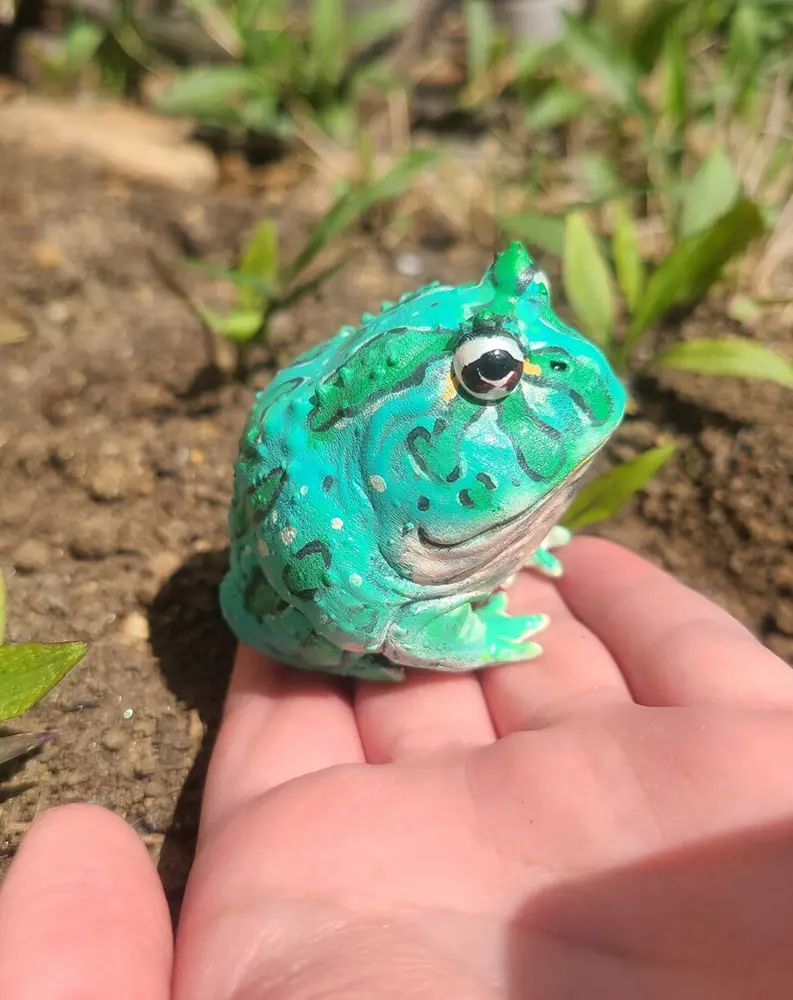
Providing hiding spots and decor is essential for reducing stress and mimicking the frog’s natural habitat. Some suitable options include:
- Cork bark: Lightweight and natural-looking, cork bark provides excellent hiding places and climbing surfaces for arboreal frogs.
- Hollow logs: These offer secure hiding spots for frogs to retreat to, making them feel safe and reducing stress.
- Live plants: Plants not only enhance the aesthetic appeal of the terrarium but also help maintain humidity and provide additional hiding spots and climbing opportunities.
Creating a variety of hiding spots helps reduce stress and encourages natural behaviors, making the environment more enriching for the frogs.
Lighting, Heating, and Humidity
Maintaining proper lighting, heating, and humidity is crucial for the health of pet frogs. Each species may have specific requirements, but general guidelines include:
- Lighting: Some frog species, particularly those that are diurnal or semi-diurnal, may benefit from UVB lighting. UVB helps in the synthesis of vitamin D3, which is essential for calcium metabolism. Even nocturnal species may require a regular day-night cycle to regulate their biological rhythms.
- Heating: Frogs are ectothermic, meaning they rely on external heat sources to regulate their body temperature. A consistent temperature gradient within the enclosure is essential. Heat mats, ceramic heaters, or low-wattage incandescent bulbs can be used to maintain optimal temperatures. Ensure that the enclosure has both warm and cool areas so the frog can regulate its body temperature.
- Humidity: Frogs typically require high humidity levels, which can be maintained through regular misting or the use of humidity systems. Humidity levels should be monitored with a hygrometer. Depending on the species, humidity levels can range from 50% to over 80%. Automated misting systems or foggers can help maintain consistent humidity, especially in more demanding species like Dart Frogs.
Water Features
Some species of frogs, particularly those that are semi-aquatic or aquatic, will benefit from a water feature in their enclosure. This could be as simple as a water dish or as complex as a small pond with a filtration system.
The water should be kept clean and free from chlorine or other chemicals, as frogs absorb water through their skin. Regular water changes and the use of water conditioners can help maintain a healthy aquatic environment.
Ventilation
Proper ventilation is crucial to prevent the buildup of mold and bacteria, which can be harmful to frogs. Enclosures should have adequate airflow, provided by screened lids or ventilation panels. Good airflow helps to maintain the appropriate humidity levels while preventing the enclosure from becoming too damp.
Dietary Preferences
Pet frogs have diverse dietary preferences, primarily consisting of live insects such as crickets, mealworms, and waxworms. Some species may also consume small fish, tadpoles, or pinkie mice.
Feeding Guidelines
- Varied Diet: Offer a varied diet to ensure nutritional balance and prevent deficiencies.
- Supplementation: Dust prey with calcium and vitamin supplements to support health and vitality.
- Gut-Loading: Feed insects a nutritious diet before offering them to frogs to enhance their nutritional value.
Understanding and catering to the specific dietary needs of pet frogs are essential for their overall health and well-being.
Health Care Considerations
Maintaining optimal health for pet frogs requires attention to several key considerations. Regular monitoring of temperature, humidity, and water quality is essential to prevent stress and disease.
Common Health Issues
- Skin Infections: Often caused by poor water quality or inadequate humidity.
- Parasites: Internal and external parasites can affect frogs, requiring regular health checks.
- Metabolic Bone Disease: Resulting from calcium deficiency; preventable with proper diet and UVB lighting.
- Respiratory Problems: Often due to improper humidity levels or dirty environments.
Any signs of illness, such as lethargy, loss of appetite, or abnormal behavior, warrant immediate veterinary attention from a qualified amphibian veterinarian. Providing a clean habitat, a varied and nutritious diet, and minimizing handling to reduce stress are crucial aspects of preventative care.
Pros of Keeping Frogs as Pets
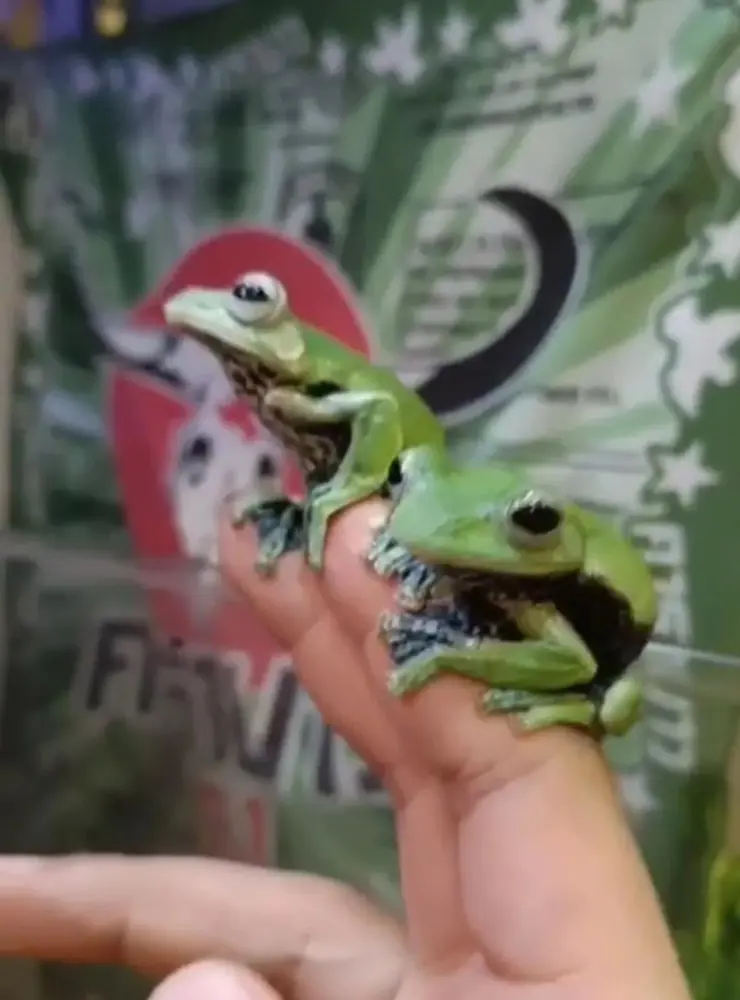
Keeping frogs as pets offers numerous advantages:
- Fascinating Behaviors: Frogs exhibit intriguing behaviors such as hunting, breeding, and vocalizing, providing both educational and entertainment value.
- Low Maintenance: Frogs require minimal grooming and can be a good choice for busy individuals.
- Quiet Companions: Frogs are generally quiet, making them suitable for apartment living.
- Educational Value: Caring for frogs fosters an appreciation for nature and wildlife conservation among both children and adults.
Cons of Keeping Frogs as Pets
While keeping frogs as pets has its merits, there are also notable drawbacks to consider:
- Habitat Maintenance: Creating and maintaining suitable habitats can be challenging and require meticulous attention to detail.
- Limited Interaction: Frogs are not typically affectionate pets and may not enjoy handling or interaction with their owners.
- Lifespan Variability: The variability in lifespan among frog species can be a consideration for long-term commitment.
- Health Risks: Handling frogs or their habitats without proper hygiene practices can pose health risks, including the transmission of bacteria or parasites.
Potential Health Risks
Pet frogs pose potential health risks if proper care and hygiene practices are not observed. Handling frogs or their habitats without washing hands afterward can lead to the transmission of bacteria or parasites, resulting in illnesses such as Salmonella.
Additionally, inadequate habitat maintenance can contribute to poor water quality, leading to skin infections or respiratory issues. Overhandling can also stress frogs, weakening their immune system and making them more susceptible to diseases.
Vigilant hygiene, regular habitat cleaning, and responsible handling are crucial for minimizing health risks and ensuring the well-being of both pet frogs and their owners.
Top Lists


